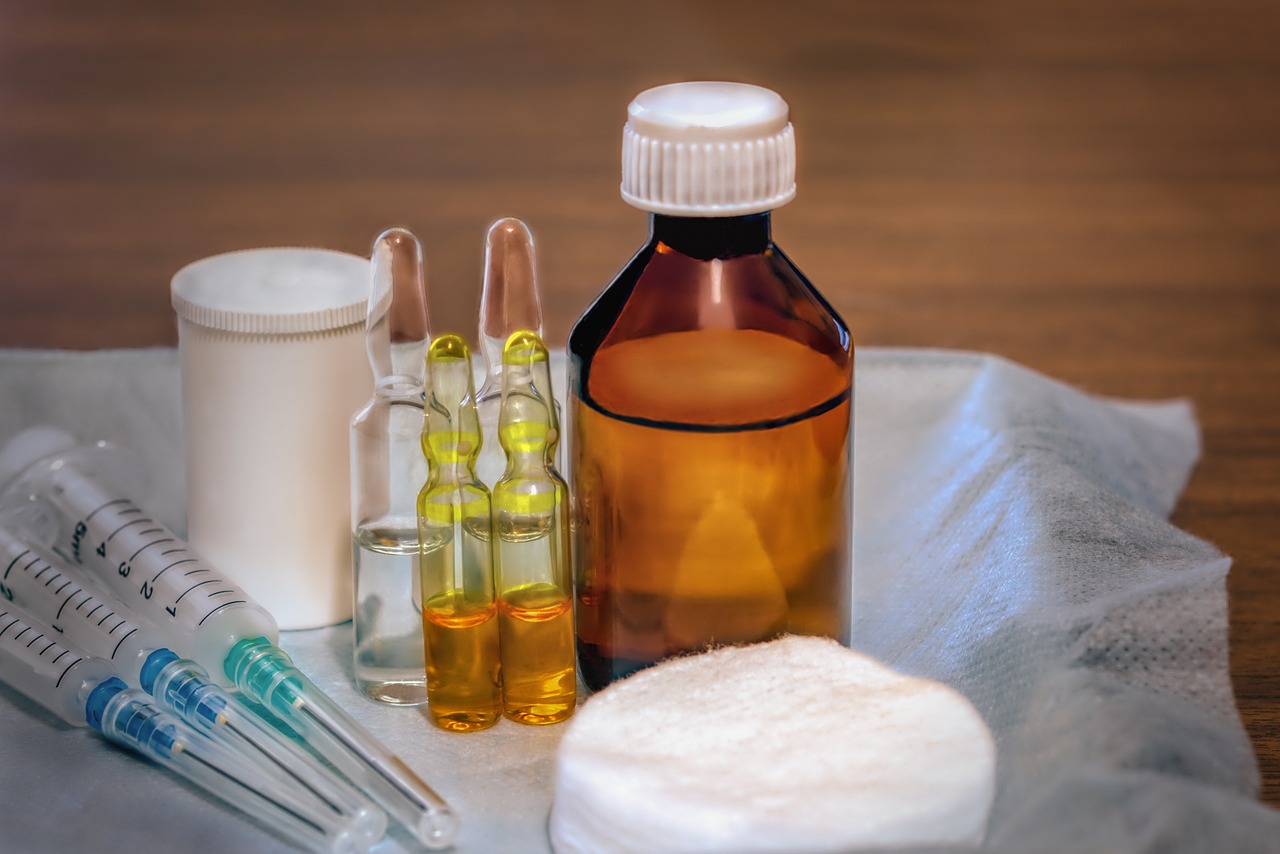Manufacturers rely on injection molding to produce equipment housings that protect products while offering easy servicing access. Plastic components are durable and lightweight – an ideal combination for housing electronics.
Medical injection molding is a key process in producing minimally invasive surgical tools and diagnostic sensors, helping improve patient outcomes while streamlining healthcare services globally. Recent innovations in this area include new materials and advanced components.
Material Selection
Material selection for injection molding can have an enormous effect on product quality, cost and production time. Therefore, gaining an in-depth knowledge of different materials’ properties and characteristics is key to selecting one appropriate to a given project.
There are over 24,000 engineered resins and thermoplastics compatible with injection molding processes available today; selecting one to meet specific design and development criteria is of utmost importance for design and development processes. An ideal resin should satisfy both operating environment and functional demands for an application.
Plastics such as acrylonitrile butadiene styrene (ABS), polyethylene (PE), and polystyrene (PS) are popular choices for injection molding, with viscosities and melt flow rates that allow for customized product manufacturing. Furthermore, injection molded plastics may also be reinforced with glass fibers for enhanced strength, impact resistance and stiffness properties.
Recyclability and environmental footprint should also be key considerations when selecting the ideal resin, with many injection molding processes offering high recycling rates to minimize waste. Furthermore, injection molded parts generally boast lower scrap rates compared to traditional manufacturing processes.
Mold Design
Injection molding is designed for mass production in order to minimize costs, so each mold can produce thousands of parts before needing maintenance or replacement, providing for fast and consistent production of plastic materials–including elastomers–without costly setbacks or delays in manufacturing processes.
Parts are manufactured by injecting molten plastic into two halves of an injection mold known as A and B plates, via an entry channel known as the gate or sprue bushing that seals tightly against the nozzle of an injection machine and allows molten plastic to flow through it into cavities on these plates.
Injection molded parts are often multi-faceted, consisting of different surfaces of various sizes and shapes. To prevent warping or shrinkage in their finished products, designers must take great care in designing each component to fit together securely as well as consider features like draft angles, ribs, and embossed text that may impede assembly.
Injection molded parts can be surface finished for aesthetic and technical purposes, including matte, glossy, soft-touch or hard-wearing finishes. Selecting the appropriate surface finish can save both time and money by eliminating additional finishing steps like post-processing or additional painting steps such as sanding. Surface finishes also protect injection molded parts against friction during ejection from their molds – rough surfaces increase friction which increases wear over time.
Tooling Costs
Injection molding employs high-precision machining techniques to produce custom molds that meet production specifications. While injection molding equipment requires an upfront investment, its use for high-volume production runs can be cost-effective; initial costs related to design and manufacturing can be spread among multiple units purchased at once.
Injection molding uses thermoplastic materials to shape lightweight and durable products with strong strength-to-weight ratios that save energy, emissions and shipping costs. Furthermore, its highly repeatable process minimizes product rework due to human errors or defects and drastically cuts labor costs associated with product rework.
Injection molding requires relatively few resources compared to other fabrication processes such as casting and machining, with low scrap rates that typically result in recycled plastic being reused or ground into different colors through masterbatch or compounding processes. Manufacturing for manufacturability can provide additional savings, by minimizing material usage, waste production, and shortening cycle times. A good injection molding partner can assist in refining part designs to make them as cost-effective as possible by offering advice regarding wall thickness, uniformity and undercuts – for instance.
Mold Maintenance
Injection molds live a difficult existence. Under constant pressure in a hot, humid environment they must meet high standards for appearance and measurement, yet remain reliable enough to operate smoothly for their intended purposes. Regular maintenance must be conducted to keep them running optimally or they could begin failing quickly, leading to costly downtime and repairs.
Proper mold maintenance includes regularly cleaning and lubricating it as well as inspecting for damage. Storing it in a dry environment to prevent moisture damage to tool steel components that could lead to corrosion issues is also key for preventative maintenance practices. Maintaining detailed records on its condition and performance can help identify problems early, thus saving on downtime costs or production delays.
Mold maintenance ensures that injection molding processes produce parts with consistent quality, cutting costs by minimizing material waste and energy use. A well-maintained mold can also last longer and produce more parts per hour than those which have not been maintained regularly.
An effective mold maintenance program is key to increasing production output while decreasing downtime and repair costs. Finding a balance between conducting maintenance and meeting deadlines is often best; otherwise, failure of the mold could cause production delays and missed sales opportunities.
